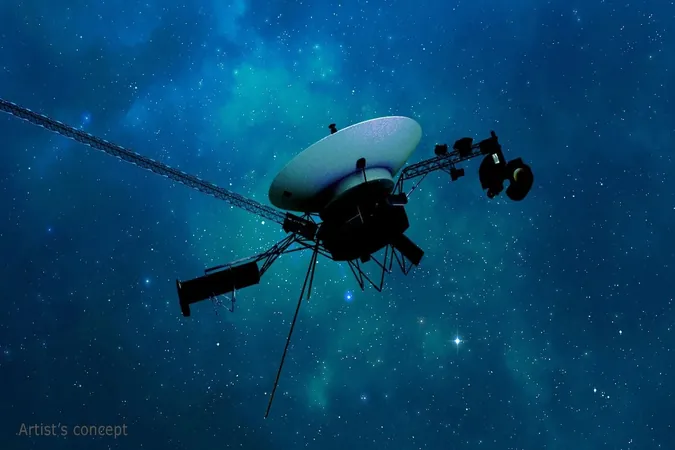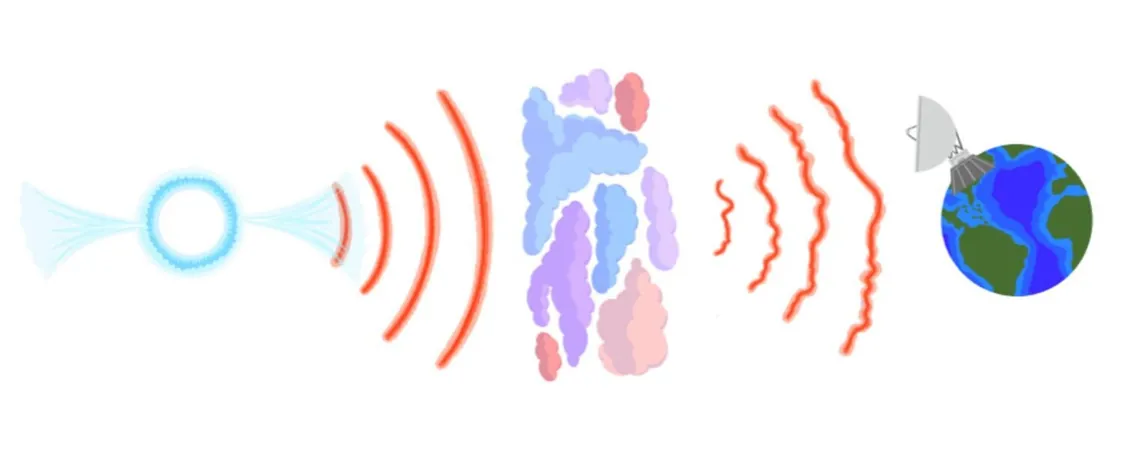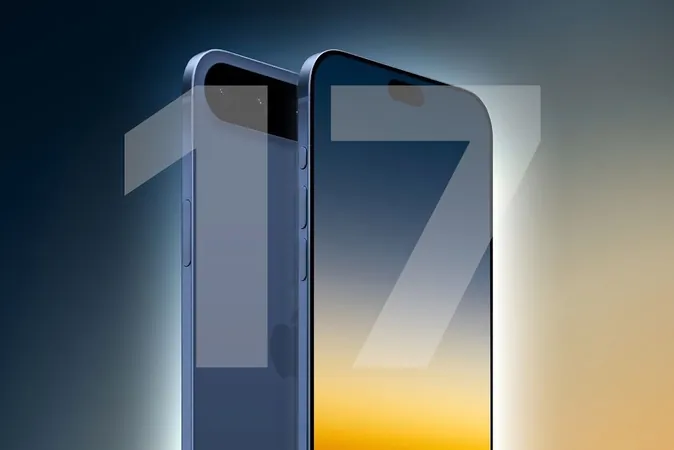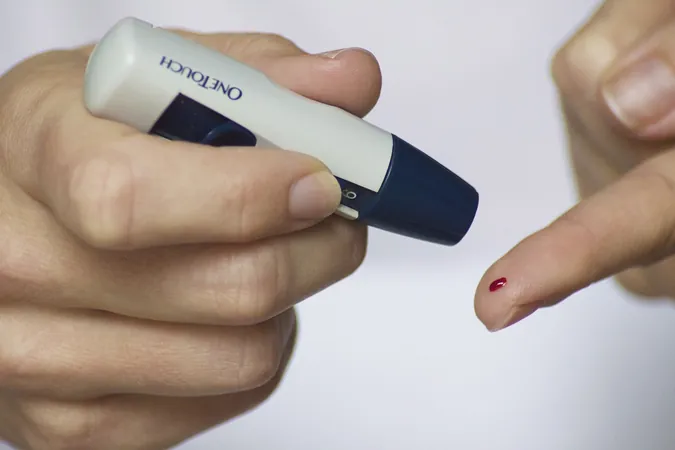
Voyager 1 Breaks Silence After Communications Crisis: A Triumph for NASA!
2024-11-27
Author: Charlotte
Introduction
In a thrilling turn of events, NASA's Voyager 1 spacecraft has resumed its operations after a month-long communication drought. This remarkable mission, which has captivated scientists and space enthusiasts alike since its launch in 1977, faced a significant challenge in late October when it mysteriously turned off its primary radio transmitter. The mission team quickly switched to a backup transmitter, a less powerful unit last utilized in 1981, as they scrambled to regain contact with the legendary probe.
Recent Developments
This past month, NASA triumphantly announced that the Voyager team successfully powered up the spacecraft's main X-band transmitter, allowing it to start feeding valuable data from its four science instruments once more. Currently, Voyager 1 is an astounding 15 billion miles (24 billion kilometers) from Earth, continuing its journey into the depths of interstellar space as the first human-made object to cross the solar system's boundary.
Communication Issues
The trouble began when ground control noticed a communication failure after sending commands to Voyager 1. The spacecraft’s fault protection system detected low power levels and automatically shut down the X-band transmitter while activating the more power-efficient S-band transmitter instead. As all other non-essential systems had already been powered down, this left engineers with the critical task of reactivating the X-band transmitter to restore communication.
NASA's Ingenuity
In a testament to human ingenuity, NASA's team has been innovative in managing Voyager 1's decline in power resources while ensuring that it continues operating successfully. The spacecraft generates electricity through the heat released by decaying plutonium, losing approximately 4 watts of power each year. To extend its operational life, engineers have carefully turned off non-essential systems and even switched thrusters to new ones that avoid issues caused by clogging over the decades.
Scientific Contributions
Voyager 1 has provided unprecedented insights into the solar system, having made groundbreaking discoveries during its encounters with Jupiter and Saturn, including the identification of new moons and rings. The team's earlier efforts to tackle glitches have paved the way for continued data transmission that can illuminate our understanding of the cosmos.
Conclusion
As Voyager continues its historic journey, the mission team is faced with the reality that the interstellar voyager is aging, and its distance from Earth complicates troubleshooting efforts. However, every successful communication with Voyager 1 not only strengthens our bond with this technological marvel but also serves as an enduring reminder of humanity's quest for knowledge beyond our planet.
Call to Action
Don't miss the latest updates from space! Keep your eyes on the stars as Voyager 1 unfolds new secrets from the universe.









 Brasil (PT)
Brasil (PT)
 Canada (EN)
Canada (EN)
 Chile (ES)
Chile (ES)
 España (ES)
España (ES)
 France (FR)
France (FR)
 Hong Kong (EN)
Hong Kong (EN)
 Italia (IT)
Italia (IT)
 日本 (JA)
日本 (JA)
 Magyarország (HU)
Magyarország (HU)
 Norge (NO)
Norge (NO)
 Polska (PL)
Polska (PL)
 Schweiz (DE)
Schweiz (DE)
 Singapore (EN)
Singapore (EN)
 Sverige (SV)
Sverige (SV)
 Suomi (FI)
Suomi (FI)
 Türkiye (TR)
Türkiye (TR)